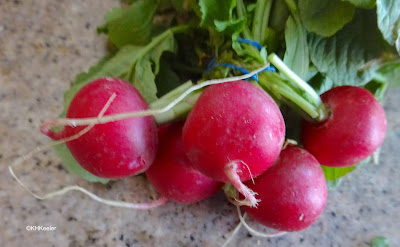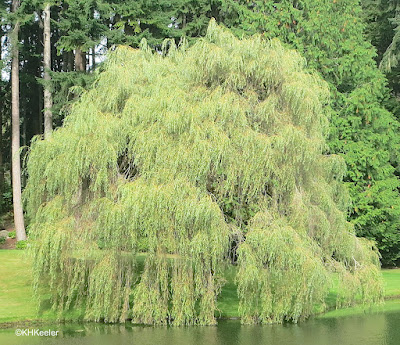I've always liked native plants--stately cottonwoods (Populus deltoides), dramatic redbuds (Cercis canadensis), robin-attracting serviceberry (Amelanchier alnifolia), blanketflowers (Gaillardia species), columbines (Aquilegia species)...I can go on and on. I grow them in my yard (well, not the cottonwood, too big) because I like them. But I also have a bit of Kentucky bluegrass lawn (Poa pretense, from Eurasia), creeping buttercup as a ground cover (Ranunculus repens, from Europe), a maple (Acer, not local to area), lilacs (Syringa vulgaris, from Eurasia), iris (Iris, from all over the world), peonies (Paeonia from China), crocus (Crocus from Eurasia) and many others. I like them too.
 |
| blanket flower, Gaillardia, native |


